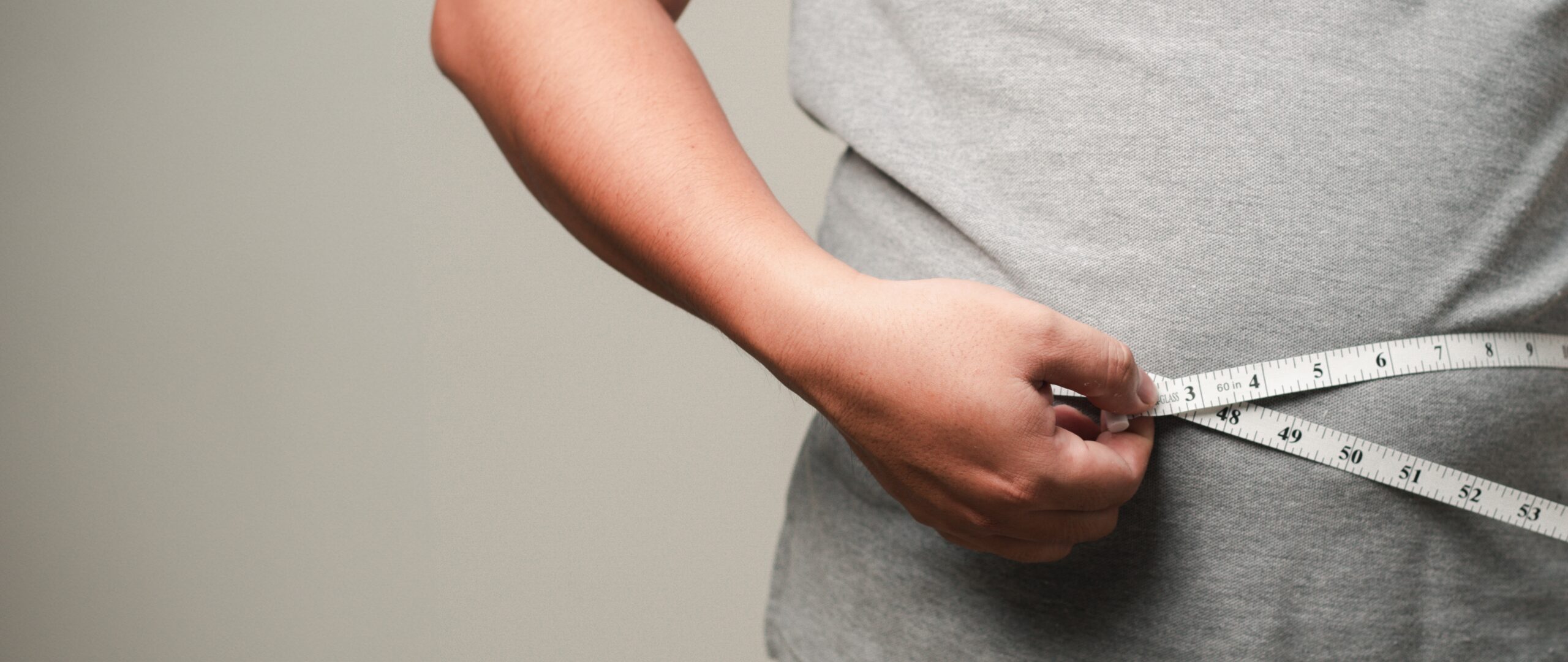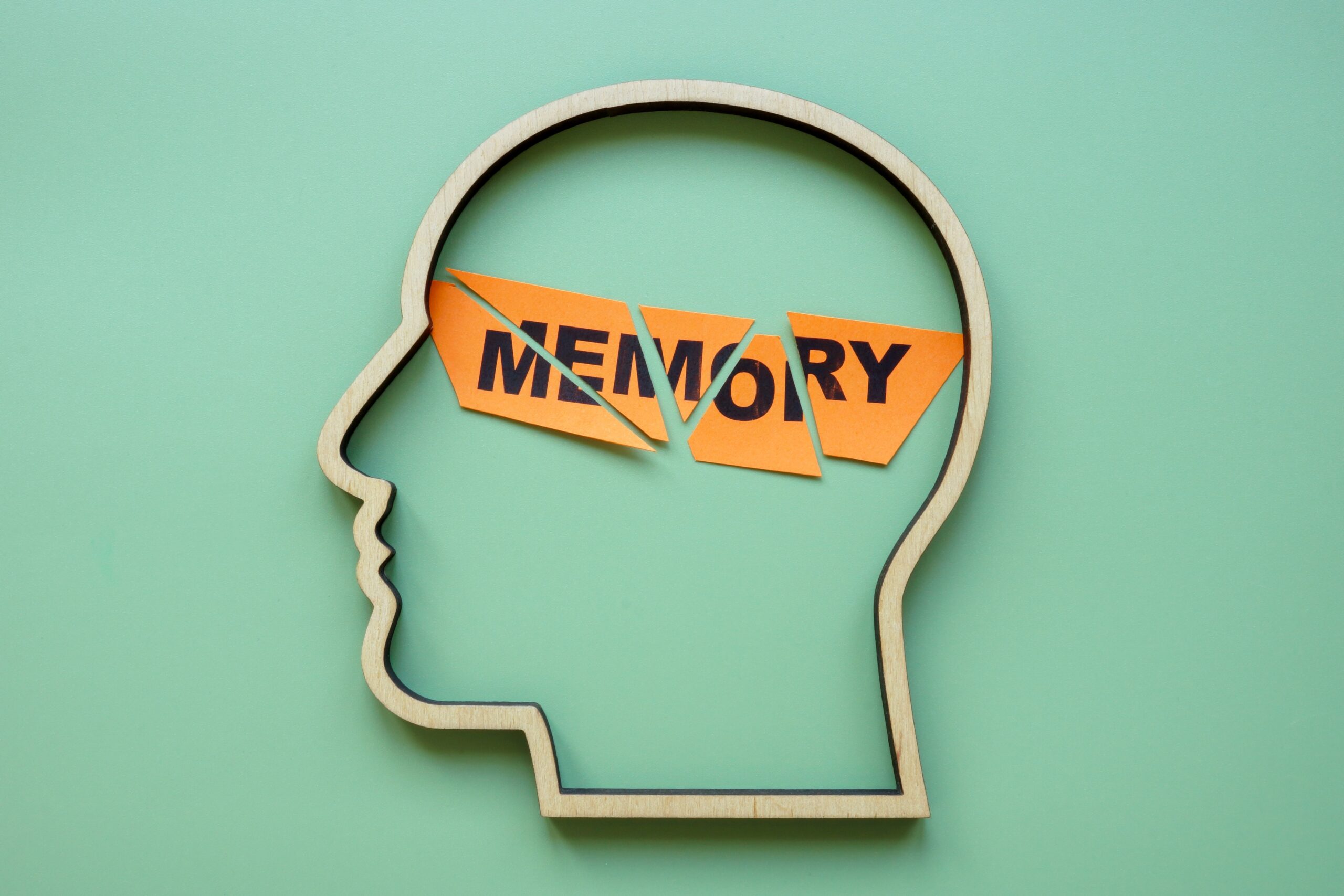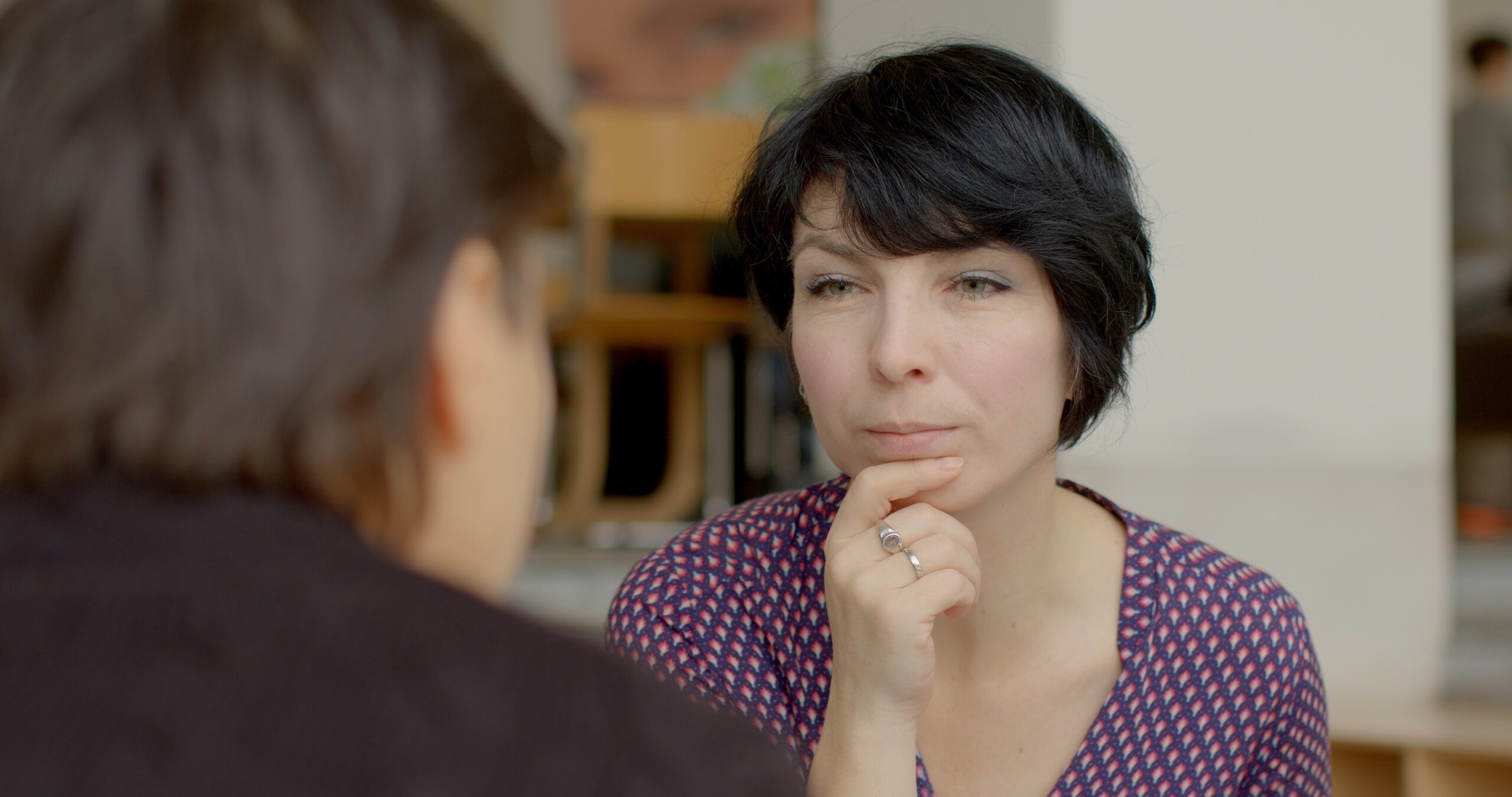Can micro-expression experts read your mind?
Most of us lie. Most of us get lied to. And most of us are terrible at telling the difference. But a rare few individuals—whether by training, instinct, or neurology—can seemingly “see” lies with uncanny accuracy. Known in popular culture as human lie detectors, these people can read microexpressions, spot inconsistencies, and interpret subtle cues that betray deceit. But is this a real, measurable ability—or just sharpened intuition? This article explores the world of truth detection, from body language experts to super recognisers, and investigates whether some people really can see the truth hiding in plain sight.
Outline
- Introduction
- What Does It Mean to Be a “Human Lie Detector”?
- The Science of Lying: Why We Do It
- Microexpressions: The Truth in a Twitch
- Dr Paul Ekman and the Science of Facial Cues
- Real-Life Human Lie Detectors
- Can This Skill Be Learned?
- When the Truth Hurts: Limitations and Ethics
- The Role of Empathy and Pattern Recognition
- Final Thoughts
Introduction
We’ve all had the feeling—something about what someone said didn’t sit right. Maybe it was the way they looked away, the pause before they answered, or the twitch of a smile that didn’t match the words.
Some people experience this not as a hunch, but as something closer to certainty.
They’re the so-called “human lie detectors”—those who can detect deception at rates well above average, sometimes even without knowing exactly how they do it. Whether they’re interrogators, poker players, or just unusually perceptive friends, these individuals turn observation into insight.
What Does It Mean to Be a “Human Lie Detector”?
A “human lie detector” isn’t a formal medical diagnosis—it’s a nickname for someone with extraordinary skill in detecting lies through behavioural cues.
Characteristics often include:
- Exceptional ability to read microexpressions
- Deep understanding of non-verbal communication
- Highly tuned to vocal tone, inconsistencies, and word choice
- Often described as intuitive, empathetic, or even hypersensitive
Some train for it. Others seem born with it.
The Science of Lying: Why We Do It
Before we can detect lies, we need to understand why people lie.
Common motives:
- To avoid punishment
- To gain an advantage or reward
- To protect someone’s feelings
- To maintain self-image
- Out of habit or social conditioning
Studies suggest that the average person lies 1–2 times per day—often harmlessly, but sometimes with deeper consequences.
The problem? Humans are not good at spotting lies. Most of us score barely above 50% accuracy—essentially no better than chance.
Microexpressions: The Truth in a Twitch
One of the key tools of the human lie detector is spotting microexpressions—tiny, involuntary facial movements that flash across the face in 1/25 to 1/5 of a second.
Examples:
- A flicker of disgust during a fake smile
- A flash of fear before answering a question
- A brief tightening of the lips before denying something
These expressions leak genuine emotions, often contradicting what’s being said aloud. Trained observers can catch these signals and use them to assess honesty.
Dr Paul Ekman and the Science of Facial Cues
Psychologist Dr Paul Ekman is the pioneer behind the study of microexpressions and deception detection.
His work includes:
- Identifying the seven universal facial expressions: happiness, sadness, anger, surprise, fear, disgust, and contempt
- Developing the Facial Action Coding System (FACS)
- Consulting for law enforcement, counterterrorism, and even television (e.g., Lie to Me)
In controlled studies, a small percentage of people—known as “wizards of deception detection”—consistently score far higher than average in identifying lies, often by spotting subtle facial cues missed by most.
Real-Life Human Lie Detectors
Some notable examples:
Yvonne Fletcher
A former customs officer who gained attention for her ability to detect drug smugglers simply by watching how they walked and held themselves in queues.
Joe Navarro
A former FBI agent and expert in non-verbal communication. His books on body language are now widely used in law enforcement and business.
Poker Pros
Elite poker players like Phil Ivey or Daniel Negreanu are known for their ability to read opponents—not just through strategy, but through non-verbal “tells”.
The “Truth Wizards”
Identified by researchers at the University of California, these rare individuals (less than 1% of the population) have a natural ability to detect deception across a range of settings—without relying solely on facial expressions.
Can This Skill Be Learned?
To a degree—yes.
Training can significantly improve your lie detection ability:
- Courses like Ekman’s METT (Micro Expression Training Tool)
- Learning baseline behaviour to spot deviations
- Developing skills in observation, listening, and pattern recognition
- Becoming more sensitive to context and emotional congruence
However, even trained individuals usually only reach 70–80% accuracy—there’s no such thing as a “perfect” human lie detector.
When the Truth Hurts: Limitations and Ethics
Lie detection is powerful—but not foolproof.
Limitations:
- Some people lie without guilt (e.g., sociopaths), making cues harder to spot
- Cultural differences can influence non-verbal behaviour
- Bias can cloud judgment—leading to false positives
- Stress, anxiety, or neurodivergence can mimic deception cues
Ethical dilemmas:
- Is it right to “read” people without consent?
- How should this skill be used—in relationships, job interviews, interrogations?
The line between observation and invasion can be thin.
The Role of Empathy and Pattern Recognition
Many human lie detectors aren’t cold analysts—they’re deeply empathetic.
What makes them special:
- They sense emotional mismatches
- They notice when someone’s story “feels off”
- They remember patterns in people’s behaviour
- They listen—not just to words, but to what’s missing
These skills aren’t always taught. Sometimes, they’re the product of life experience, trauma, or heightened social awareness.
In some cases, people on the autism spectrum or with high emotional intelligence report unique abilities to read honesty—even if not in the traditional sense.
Final Thoughts
The idea of a human lie detector blurs the lines between psychology, intuition, and observation.
While no one can spot lies with 100% certainty, some people come remarkably close—using tools that go beyond polygraphs or truth serums.
In a world saturated with spin and half-truths, they remind us that sometimes, the truth is written on the face—if we only know where to look.
Because even lies leave footprints—on the face, in the voice, and in the silence between words.








